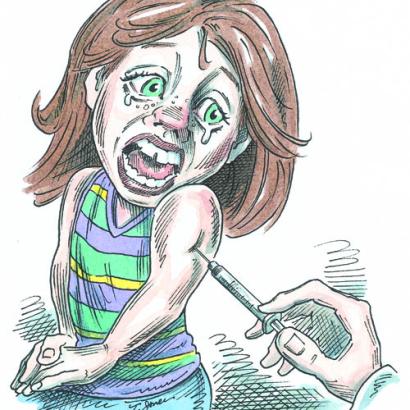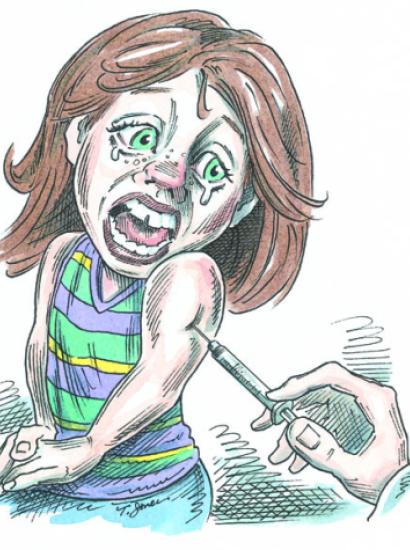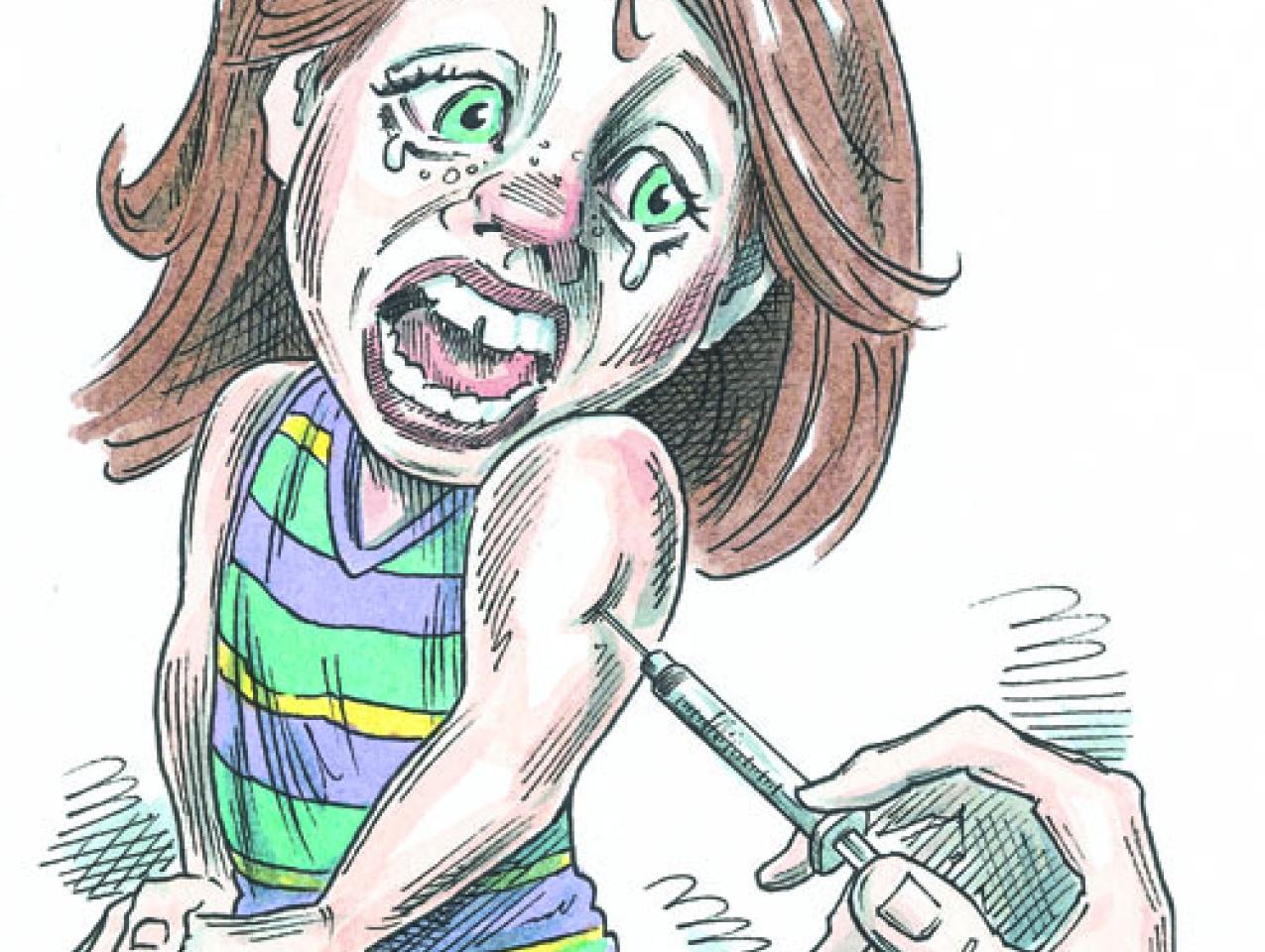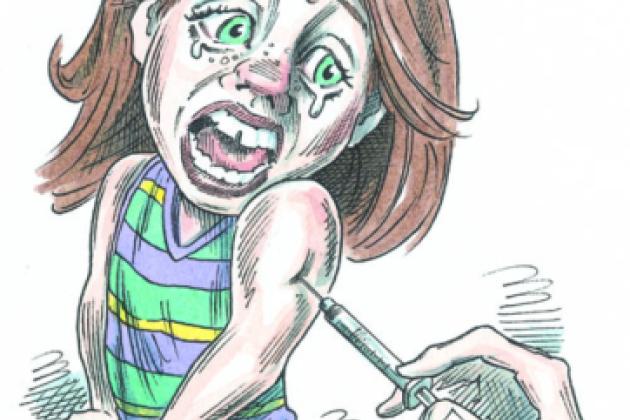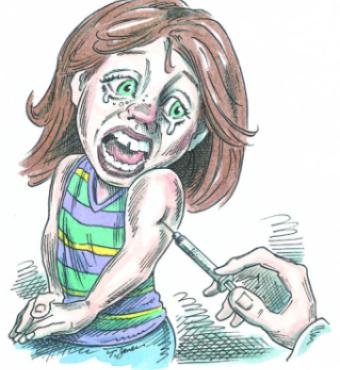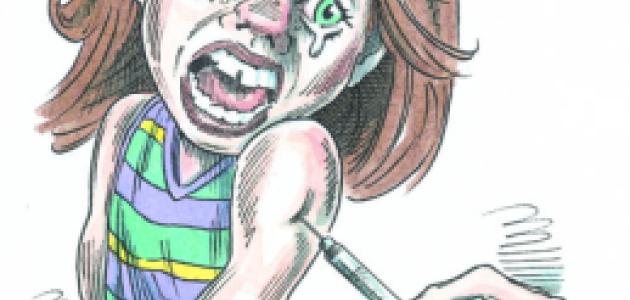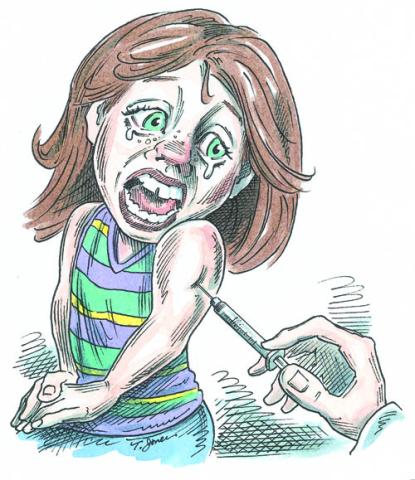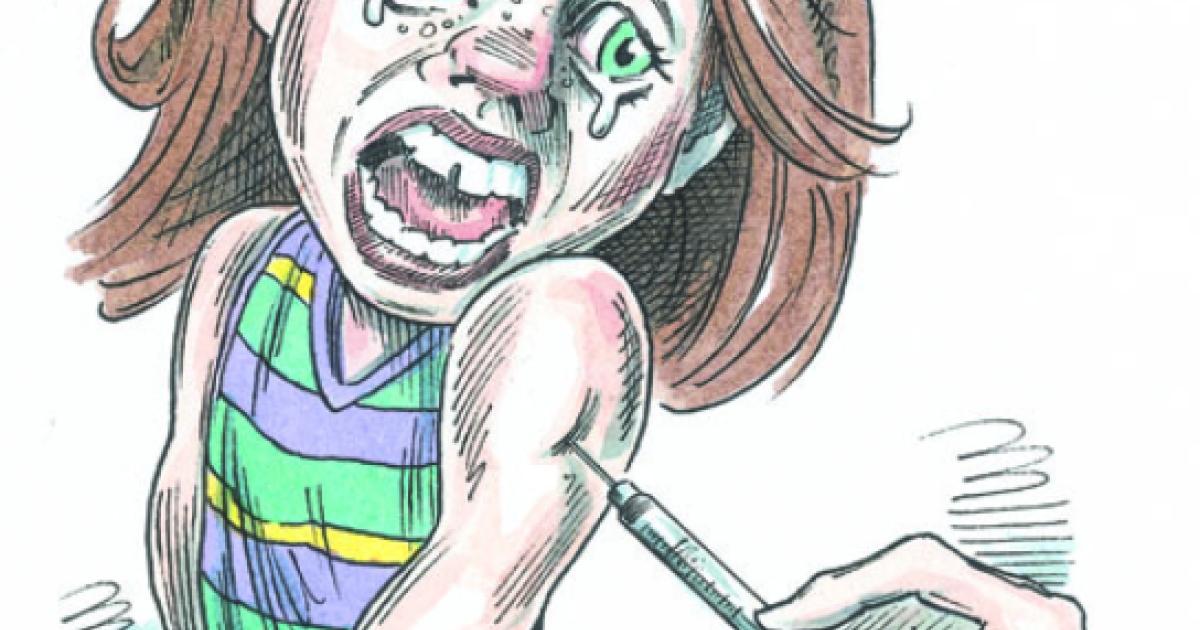Infectious diseases that once claimed the lives of one in six children before their fifth year are making an alarming comeback in the United States. The culprits are parents who should know better—and the politicians who bend over backward to accommodate them.
Today’s parents of small children no longer know the fear, much less the reality, of deadly childhood diseases. It wasn’t so long ago that epidemics of highly communicable diseases such as diphtheria, measles, and whooping cough regularly killed large numbers of children and left others with permanent disabilities. As kids, the authors of this article were prevented by their parents from going to public swimming pools during the summer because of the threat of polio.
But thanks to the miracle of vaccines, arguably the greatest public health triumph of the twentieth century, these devastating epidemics became rare and well contained. However, a kind of amnesia about the threat of infectious diseases and a fraudulent scare that supposedly linked autism to vaccines have led to diminished compliance with vaccination schedules, and this has led to outbreaks of disease. In one outbreak earlier this year, for example, twenty-three students and a few adults in southern Virginia contracted pertussis (whooping cough); none of the children had been vaccinated.
Measles is another almost-extinct viral illness that is experiencing a resurgence. Between 2001 and 2008, a median of fifty-six measles cases in the United States were reported each year to the Centers for Disease Control and Prevention (CDC). However, in the first nineteen weeks of 2011, one hundred and eighteen cases were reported, the highest number for this period since 1996.
Such infections not only cause unnecessary morbidity and mortality but exact significant health care costs. A 2008 measles outbreak in Arizona among only fourteen patients cost the two hospitals involved $800,000 to respond to and contain the cases.
In most states, children are barred from school without documented proof of up-to-date vaccinations, but there are exceptions to the requirement. All fifty states exempt children if a doctor attests to a valid medical condition, such as a vaccine allergy (quite rare). Forty-eight states permit exemptions on the basis of deeply held religious belief (with clerical documentation), and twenty-one states also allow so-called “philosophical” exemptions (also known as “personal belief exemptions,” or PBEs). The latter constitute the vast majority of exemptions. In the states that permit PBEs, parents need only sign a form stating their wish to exempt their children from the vaccination requirement; no specific reason is required. Some states are seeing exemption rates as high as 4-6 percent in kindergarteners.
Given the periodic resurgence of various illnesses that had almost disappeared, permitting non-medical exemptions from vaccination is a peril to individual children and the community at large. Although competent adults should be permitted to make decisions about their own medical care—however unwise they may be—the capricious rejection of vaccines for children is tantamount to withholding a needed blood transfusion or operation. It constitutes abuse.
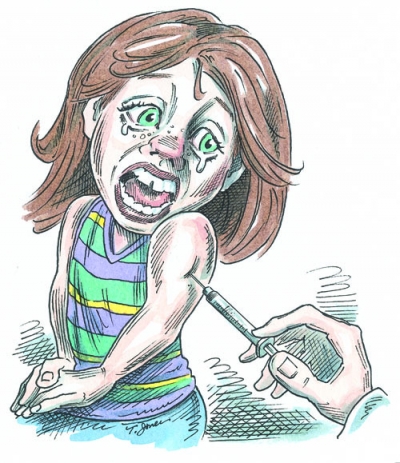
Putting a single child at risk also puts the community at risk. Some of the recent outbreaks occurred when unimmunized or underimmunized travelers abroad returned home, became ill, and gave rise to other cases that swept through communities, infecting the unprotected. The higher the rate of vaccination in a community, the less likely it is for an epidemic to gain a foothold and spread. An important determinant of spread is whether there is “herd immunity,” a kind of immunological barrier to the dissemination of an infectious disease that appears when a large fraction of a susceptible population (about 75–94 percent, depending on the infectious agent) is vaccinated. The spread of the pathogen is blocked in person-to-person transmission when it confronts immunized, resistant individuals. When community-level protection falls below a certain level, the infection rate rises precipitously. Thus, a high rate of immunization serves to protect everyone in the community, including those few who legitimately cannot be vaccinated or who have a sub-optimal immune response, such as the elderly.
The underuse of vaccines should be approached in several ways:
- Public health agencies, local and national, should more aggressively educate the public about the importance of vaccination.
- Health care workers should be required to be vaccinated against flu and other common infectious diseases; in the absence of a confirmed allergy to a vaccine, any who refuse it should be removed from patient contact or have their employment terminated.
- A parent whose child suffers harm from a vaccine-preventable disease that is due to a “philosophical” or religious objection should be held legally accountable for child abuse.
- Physicians whose practice includes caring for children should decline to treat families who refuse vaccination. This should be done not out of malice or a desire to punish, but to protect other children and their families who might be exposed to virus shedding in the doctor’s office.
-
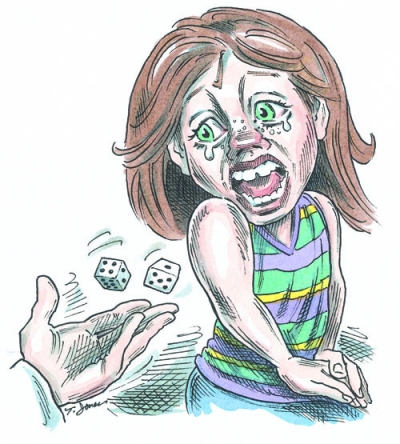
- Philosophical exemptions from immunizations should be eliminated, and we should reconsider whether “religious exemptions” are legitimate, particularly for children. Although idiosyncratic belief systems should be respected, we cannot jeopardize public health by compromising herd immunity.
There is no way to immunize against adult ignorance and bad judgment, but we can at least demand that children not be endangered.








